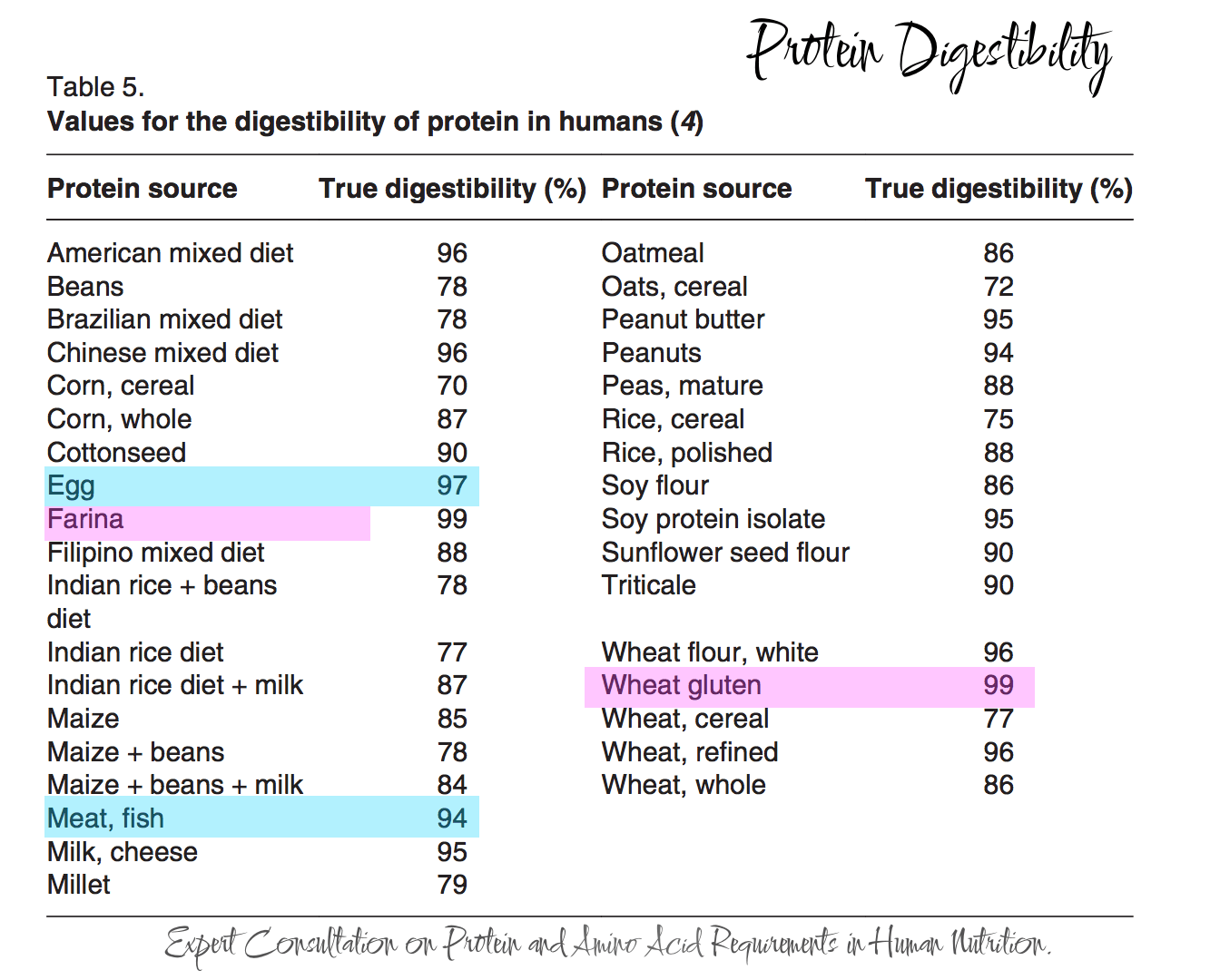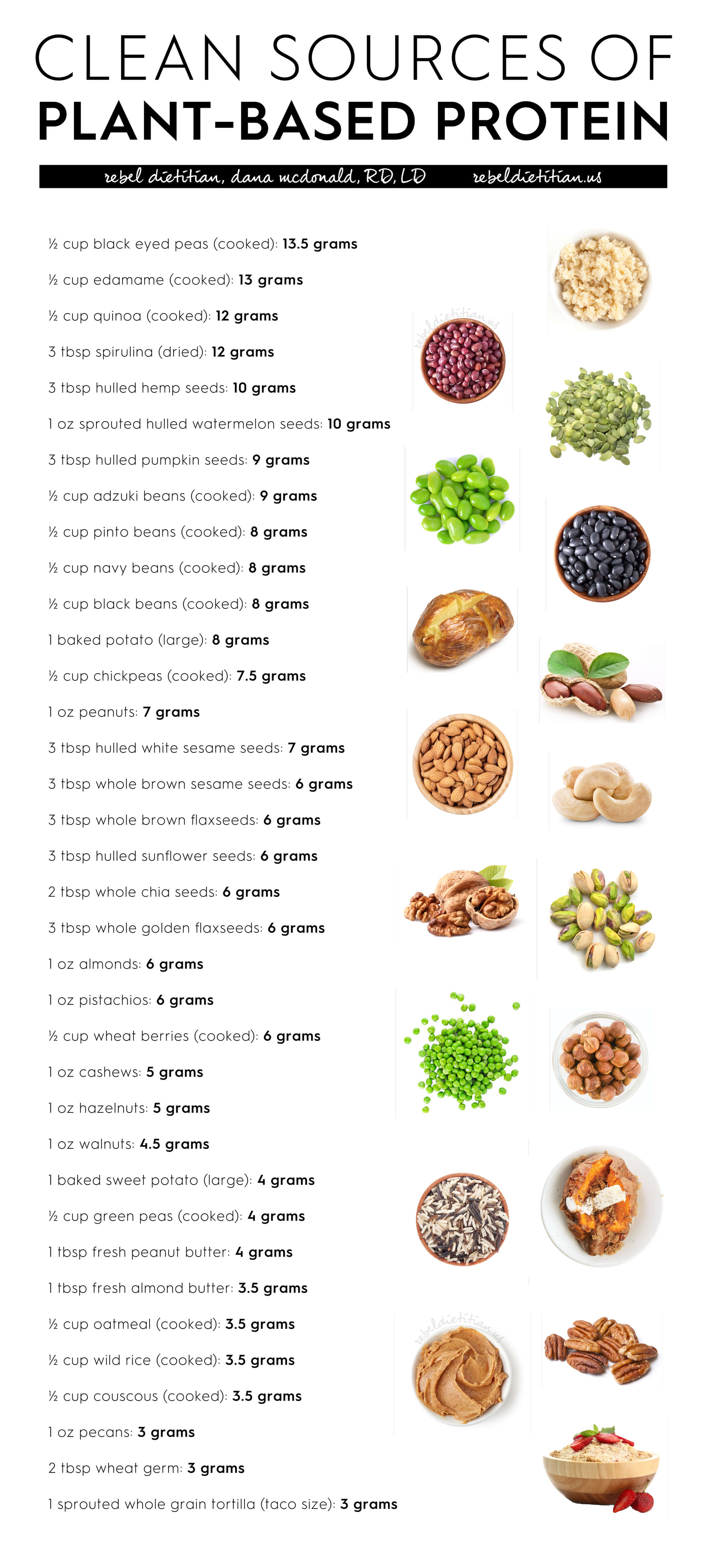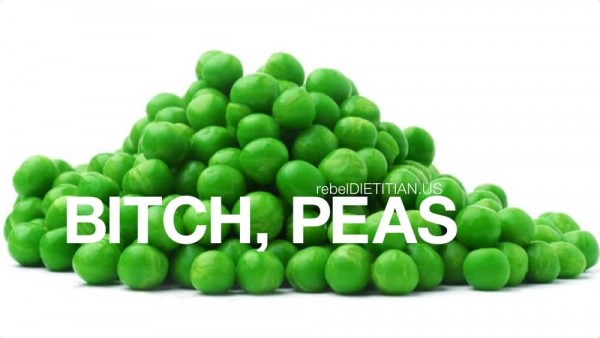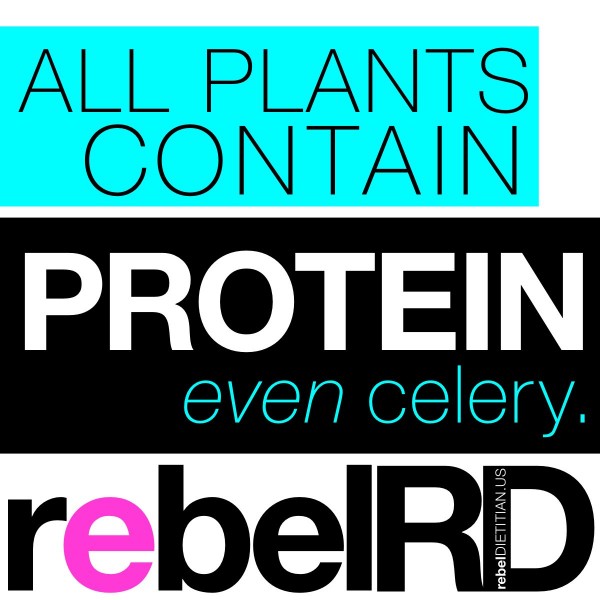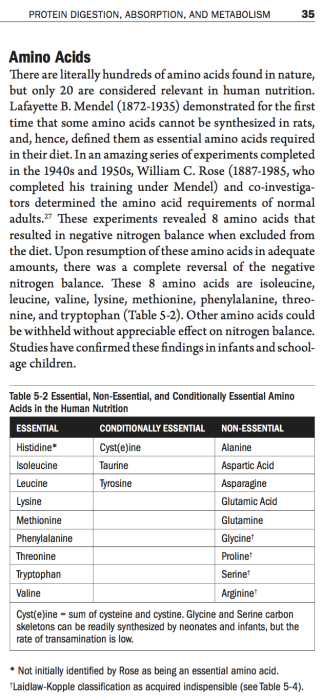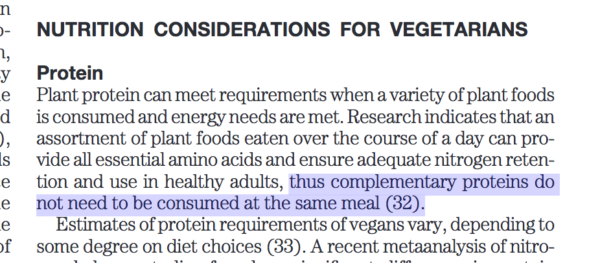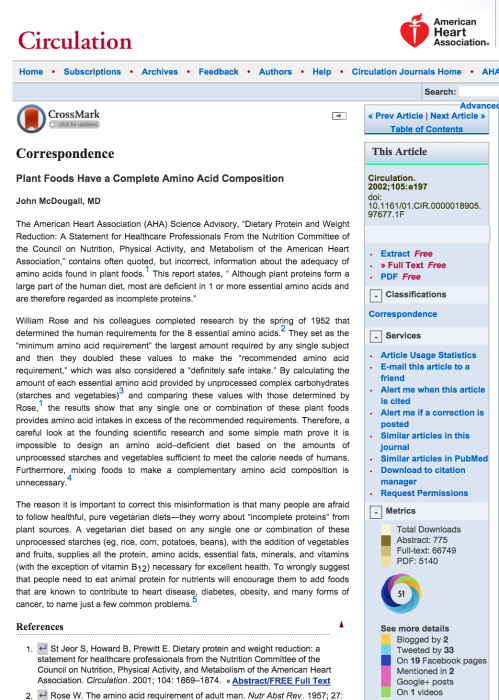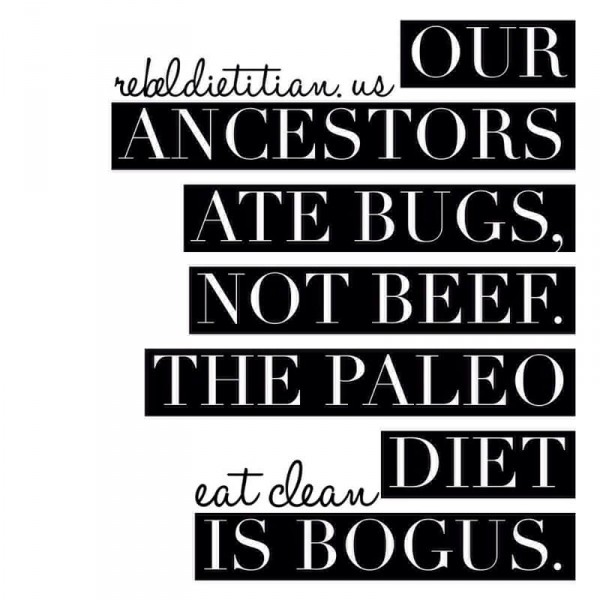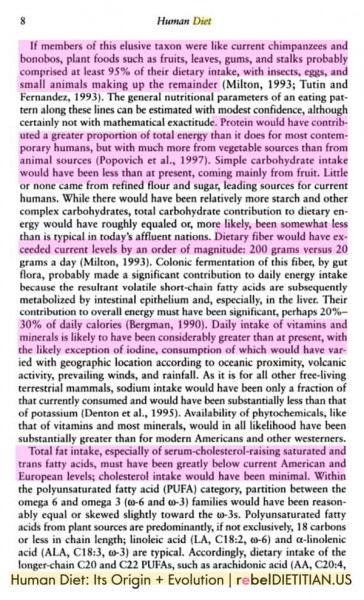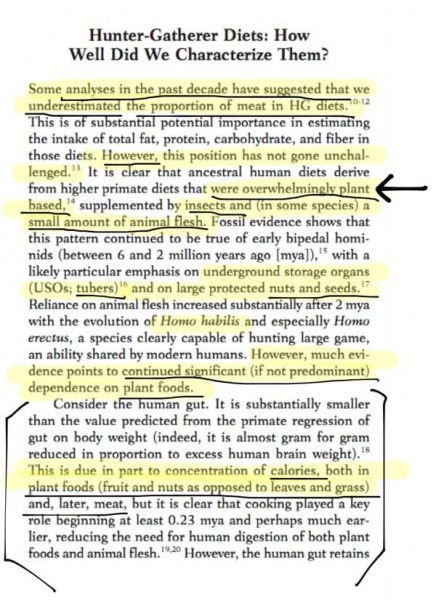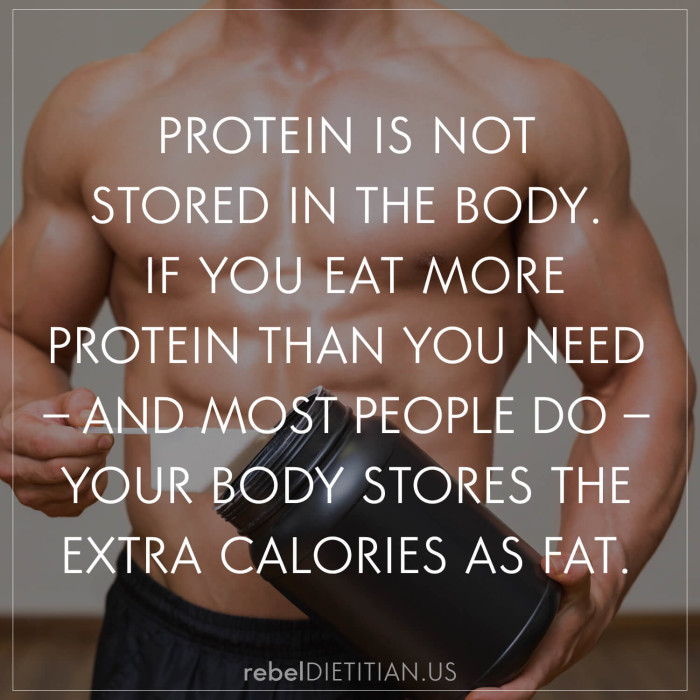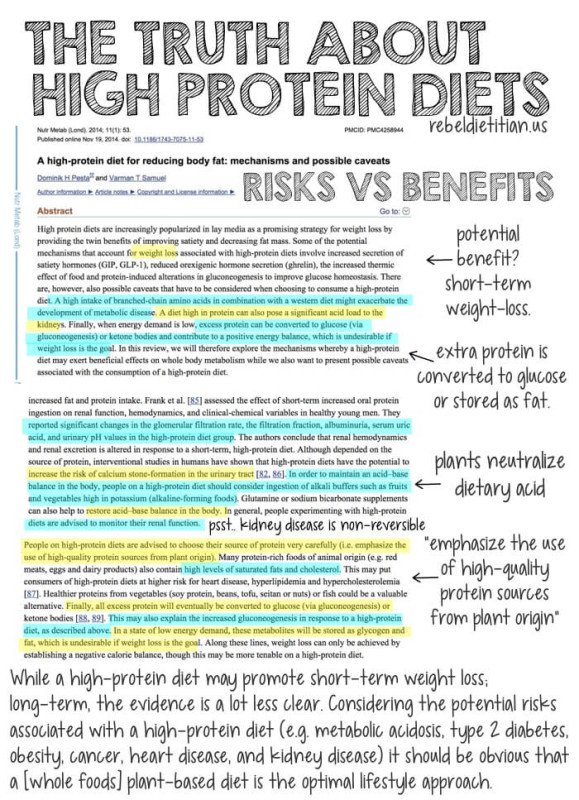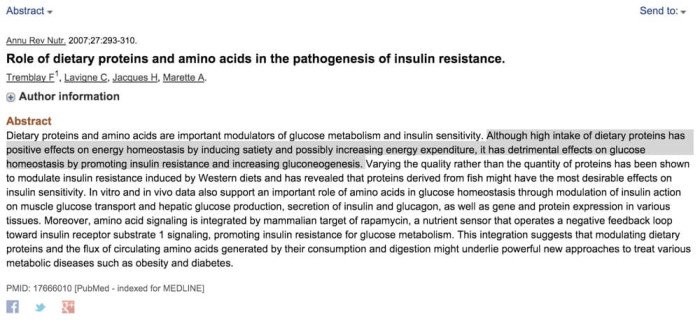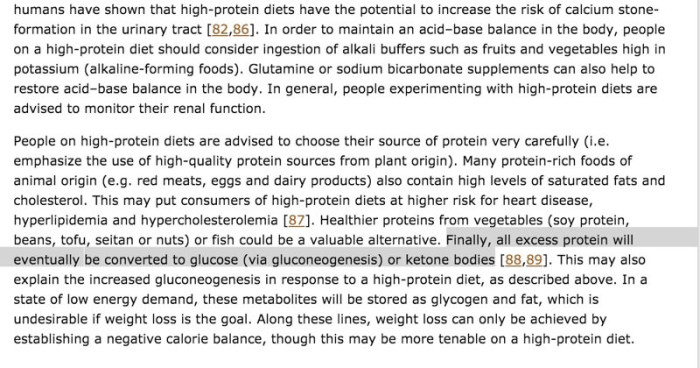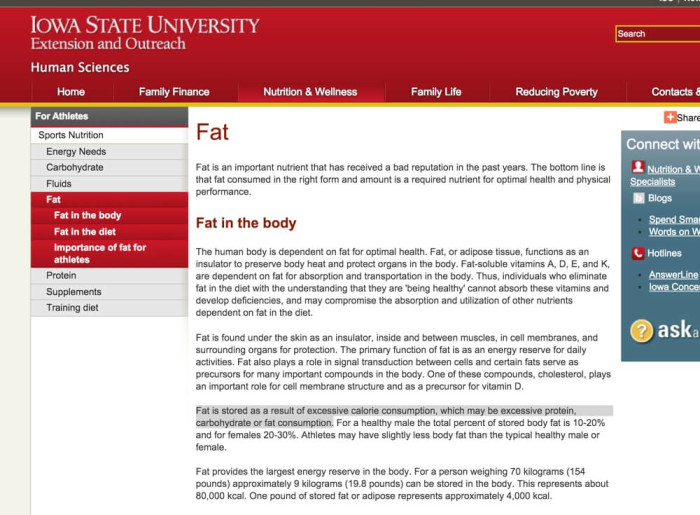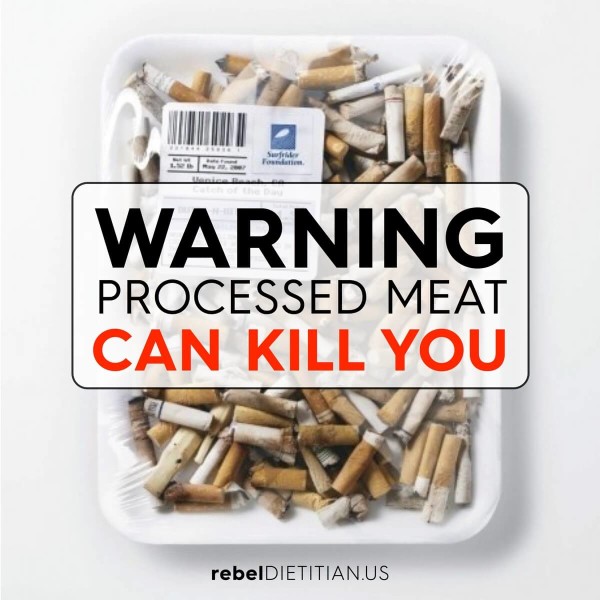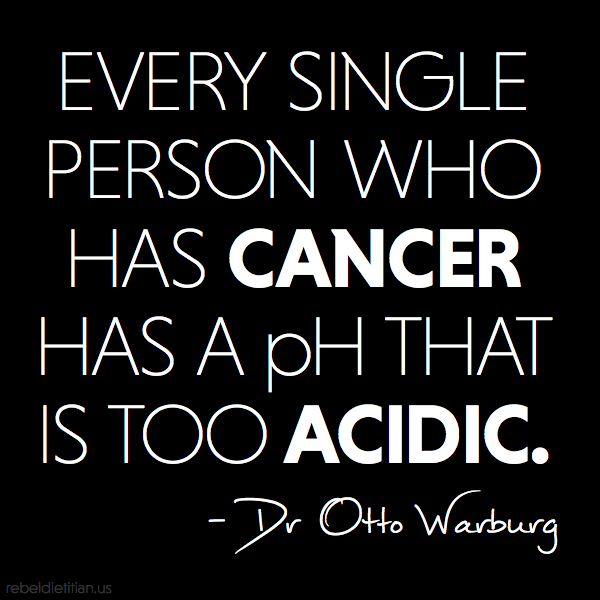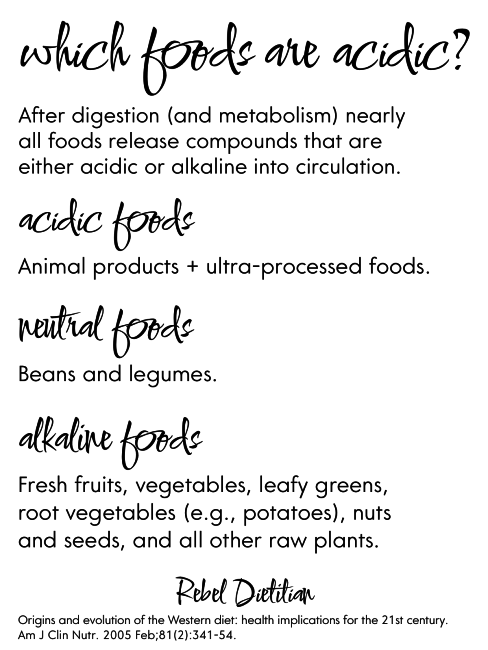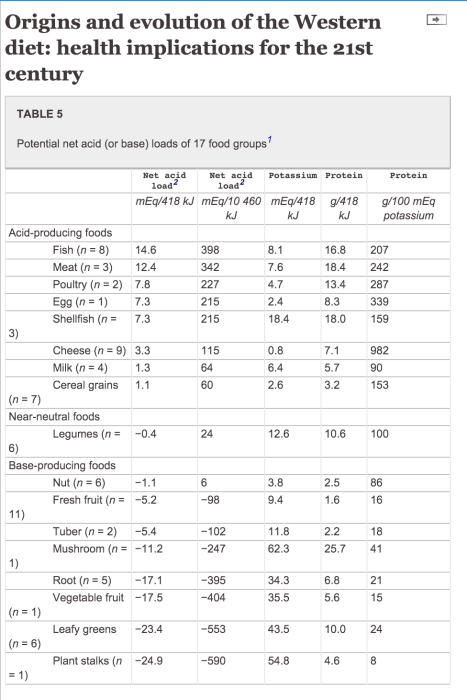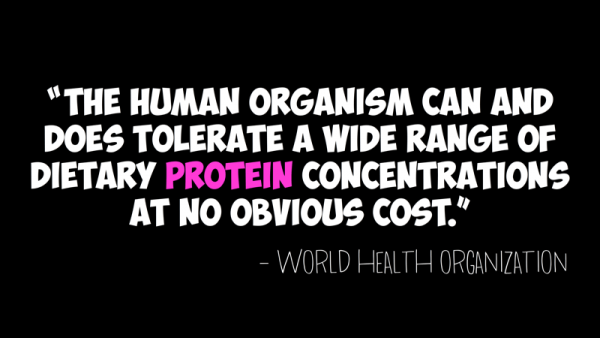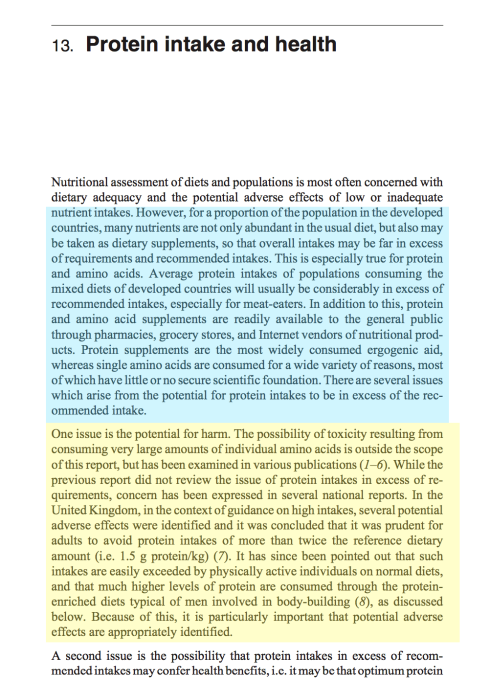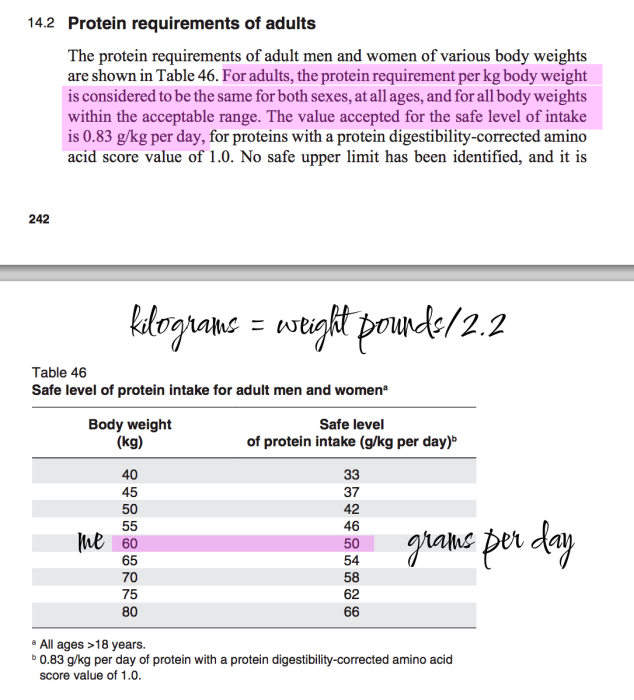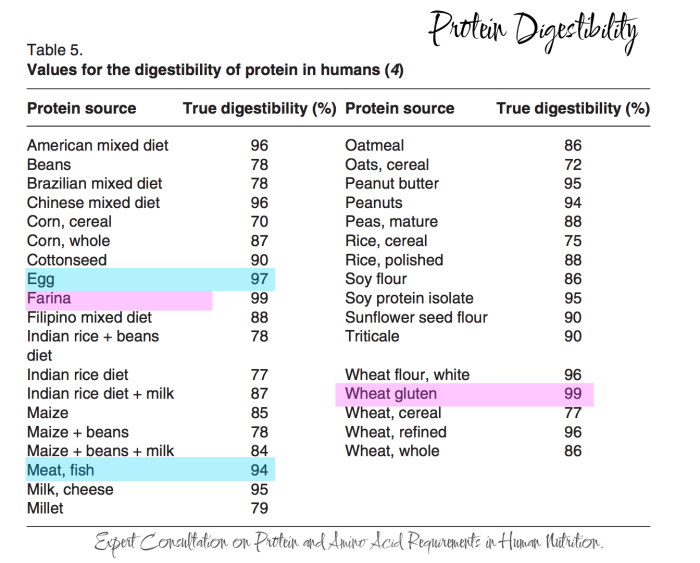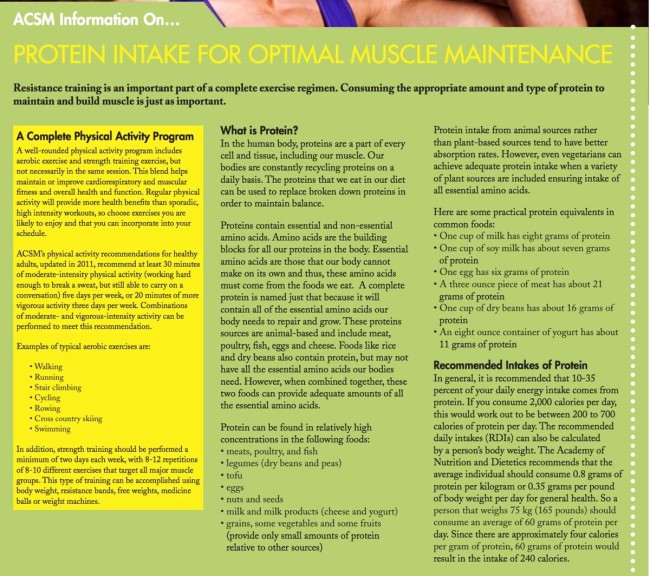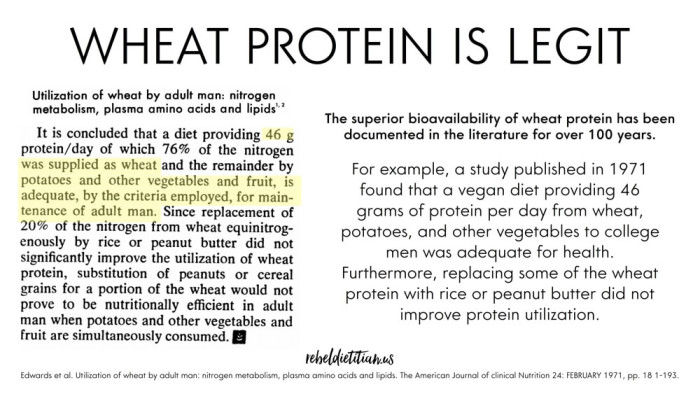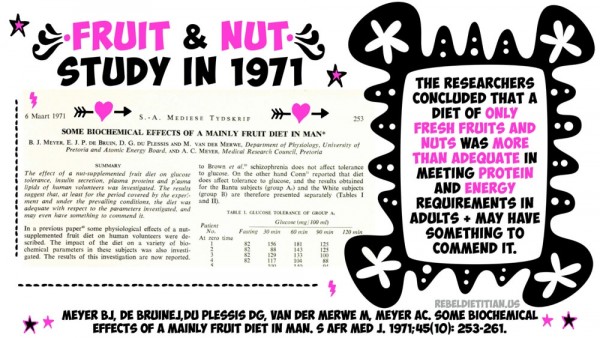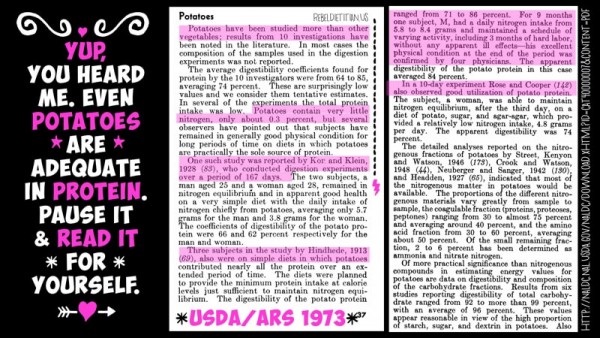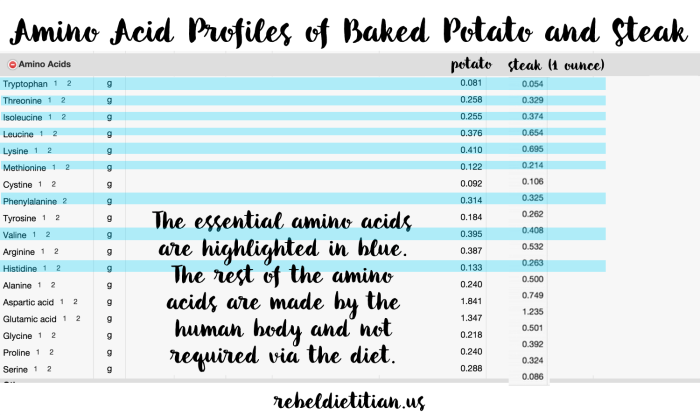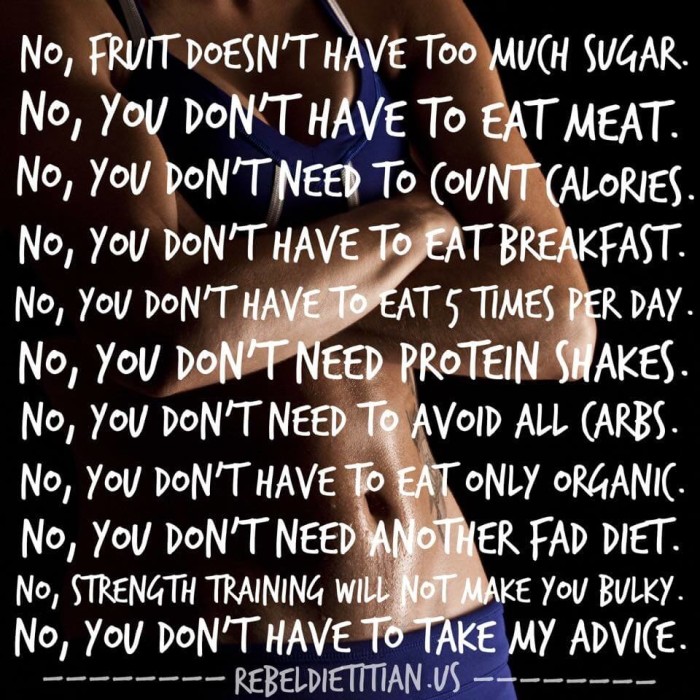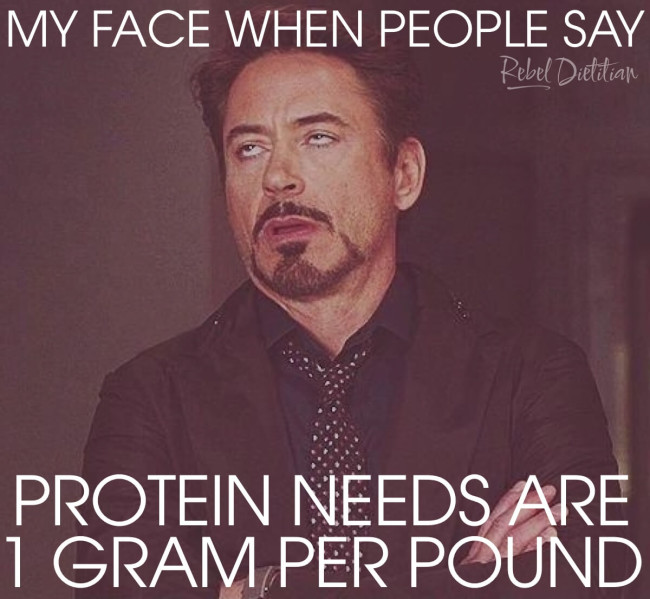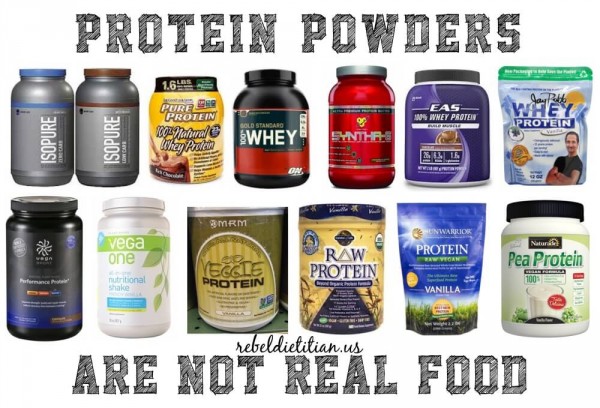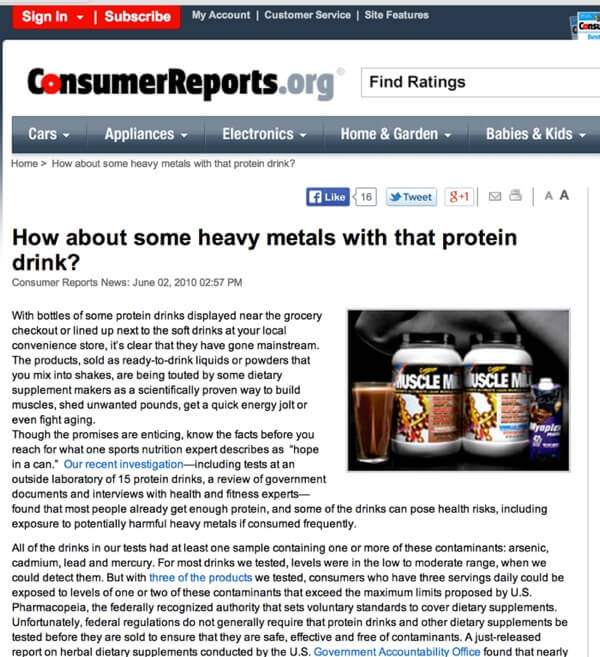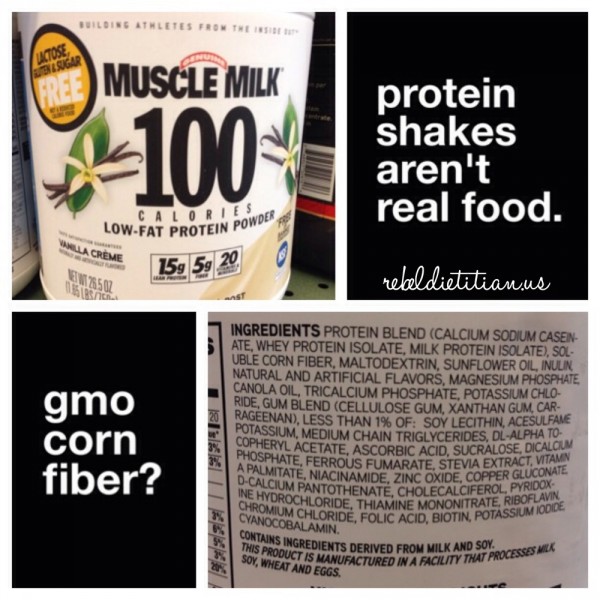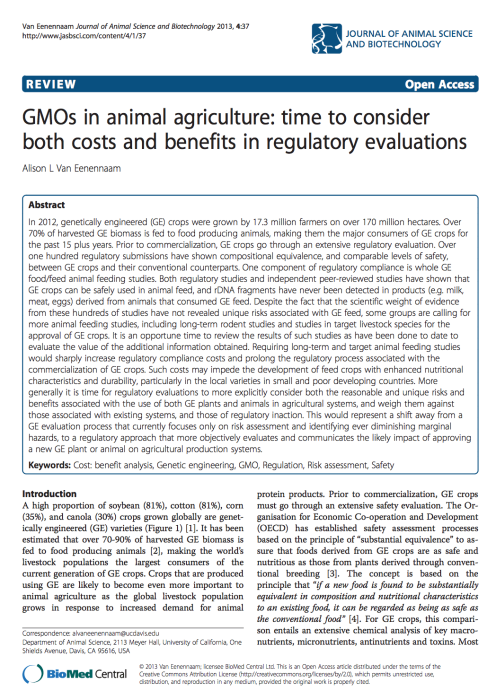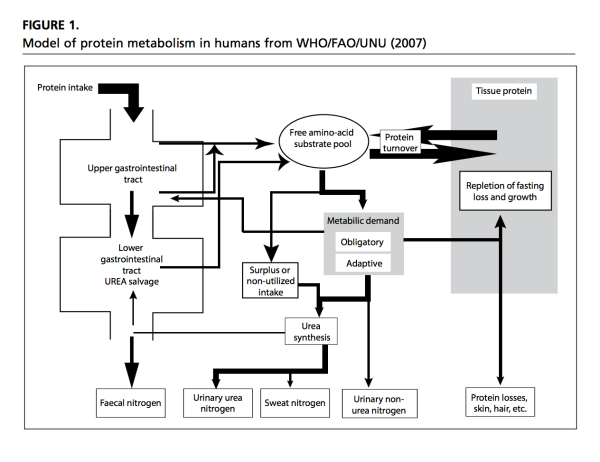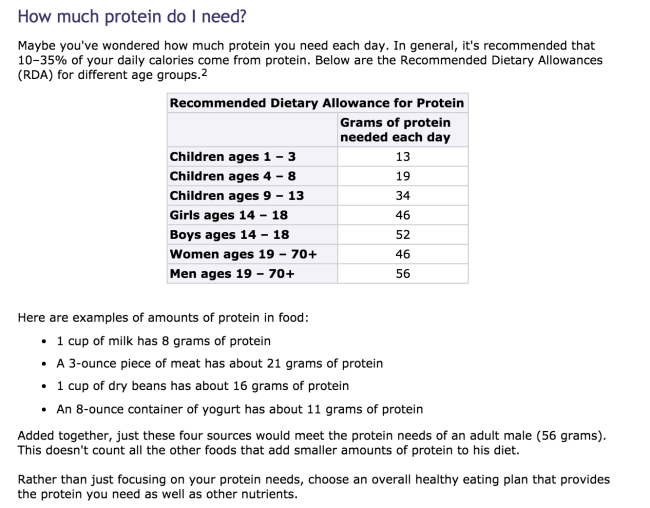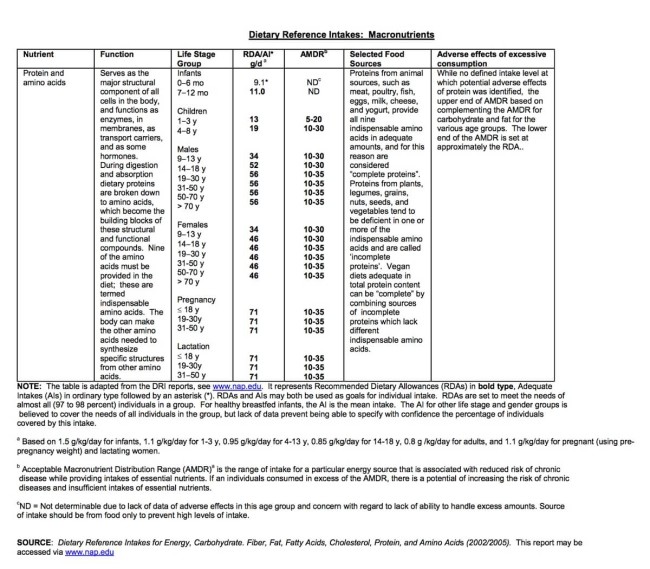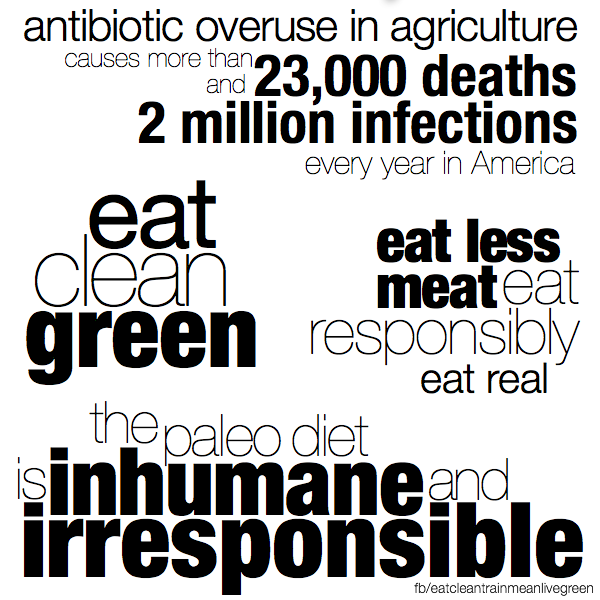While there are many variations of plant-based diets, there is evidence that a broadly defined whole foods plant-based diet has significant health benefits. Contrary to popular belief, consumption of meat and/or dairy at every meal, or even daily, is not necessary for optimal health and wellness.
In fact, diets high in meat – especially red meat and processed meat – have been repeatedly associated with an increased risk of obesity, type 2 diabetes, cancer, heart disease, and premature death. While it is true that animal products contain substantial amounts of protein and iron, these foods are also high in cholesterol and saturated fat and, being at the top of the food chain, tend to accumulate pesticides and other potentially harmful substances.
Essential Amino Acids
Essential amino acids cannot be made by the body, and must be supplied by food. The nine essential amino acids are histidine, isoleucine, leucine, lysine, methionine, phenylalanine, threonine, tryptophan, and valine.
Non-Essential Amino Acids
Nonessential amino acids are made by the body from essential amino acids or in the normal breakdown of proteins. They include alanine, asparagine, aspartic acid, and glutamic acid.
Conditional Amino Acids
Conditional amino acids are usually not essential, except in times of childhood development, illness, or stress. The conditional amino acids include arginine, cysteine, glutamine, glycine, ornithine, proline, serine, and tyrosine.
Protein Requirements
According to a a joint report published by the World Health Organization (WHO), Food and Agriculture Organization (FAO) of the United Nations (UN), and United Nations University (UNU), protein requirements are currently defined as the level of protein required to meet metabolic needs for maintenance as indicated by nitrogen balance in the respective age group plus those associated with the protein needs for normal growth of infants and children, pregnancy and lactation in women.
On this basis, the level of protein required to meet the metabolic needs of at least 97.5% of the population (i.e., this value is adequate for all but 2.5% of individuals) is 0.83 grams (g) of protein per kilogram (kg) per day. Notice the value is established per kilogram (kg), not per pound (lb).
- Protein requirements are 0.66 – 0.80 g/kg/day
Using the equation above, the daily requirement of an adult weighing 130 pounds (59 kg) would require 40 – 47 grams of protein per day. A 200 pound (90.9 kg) individual would require 60 – 72 grams of protein per day. To convert pounds to kilograms, simply divide your weight in pounds by a factor of 2.2 (e.g., 130 pounds/2.2 = 59 kg).
Excess Protein and Weight Gain
When we eat more protein than we need — and nearly all people do — our body converts the extra protein to glucose (via gluconeogenesis) or ketone bodies. In other words, the extra protein is either converted to energy for immediate use (e.g., low carb diets) or stored as fat. Considering carbohydrate and protein both provide 4 kcal/gram, it makes very little sense to avoid complex carbohydrates considering protein is converted to glucose when intakes are low.
Attempts to increase muscle mass by increases in protein intake within the normal range have generally failed. Lemon et al. fed protein at 2.62 g/kg per day or 1.35 g/kg per day for 1 month during intensive weight training in a randomized double-blind cross-over study, and found no difference in measured strength (voluntary and electrically evoked) and muscle mass (density, creatinine excretion, muscle area by CAT scan, and biceps nitrogen content).
Plants are Complete Proteins
Claims that plant proteins are incomplete sources of protein are unscientific and obsolete. We reference amino acids as either essential, non-essential, or conditional. While I realize bloggers, government organizations, and medical organizations still use this term, the term should be discouraged from public and medical discourse. Often, “complete proteins” are defined as a “source of protein that contains all nine essential amino acids in adequate proportions.”
This definition, while it sounds reasonable, is inherently flawed considering the optimal profile of amino acids in food (or “adequate proportions”) has never been established. When it comes to protein quality, proteins are generally defined in terms of of digestibility, and as you can see in the screenshot below (taken directly from the joint WHO/FAO/UNU report mentioned above), the digestibility of wheat gluten and farina exceed the values established for egg and fish.
The truth is, daily amino acid requirements can easily be met by consuming a variety of different plant-based foods. In a position paper written by the American Academy of Dietetics in Canada several years ago, this misconception is clearly addressed with the following statement: “complementary proteins do not need to be consumed at the same meal.”
In a study published in 1971, Edwards et al. reported that North American adult males maintained both body weight and nitrogen balance for 60 days while consuming a strict diet of wheat and potatoes. In the same year, Meyer et al reported adults consuming a mainly fruit diet supplemented with nuts and seeds for 6 months maintained health, including protein status, while improving nearly every health parameter.
Sources of Plant-Based Protein
Whenever possible, opt for meatless meals packed with plant-based sources of protein. Good sources of plant-based protein include nuts, seeds, beans, peas, lentils, and whole grains. To view additional plant-based protein charts, visit the page titled Plant-Based Protein Charts.
Do you eat meat?
No, I’m vegan, which means I do not eat, use, or wear animal products. With this being said, it is important to understand that my goal in providing nutrition education to the public is to improve public health; which, can easily be achieved by providing science-based nutrition and fitness education and inspiration.
My point is, I am not here to argue with those who believe minimally processed animal products that are raised by small, local farmers who utilize sustainable and humane agricultural practices may be healthful when consumed as part of a plant-based diet. My hope is that everyone will choose to eat clean and green with great respect for the environment and rights and welfare of others.
“The true teacher defends his pupils against his own personal influence.” – Amos Bronson Alcott
What are your thoughts about protein powders?
Unfortunately, nearly all ready-to-drink smoothies and protein powders are ultra processed and refined. Not to mention, a source of potentially harmful contaminants including heavy metals, endocrine disruptors, and pharmaceuticals (e.g., growth hormones and antibiotics).
If you have a medical condition that necessitates extra protein, consider a single ingredient unflavored protein powder that is free of added ingredients, flavors, and/or sweeteners. For instance, pure hemp powder or rice powder. Unflavored powders are ideal because you have the option to add in additional fresh ingredients (e.g., fresh fruit) to mix up the flavor and nutritional benefits.
Besides, nearly all healthy adults living in developed countries are already consuming too much protein. According to the American College of Sports Medicine (ACSM), nearly all individuals, including competitive athletes, can easily meet their protein requirements with whole foods. As such, the widespread belief that we need to consume additional protein in the form of an ultra-processed powder in a bottle, much like babies, is absolutely insane.
According to tests conducted by Consumer Reports, popular brands of protein shakes may be contaminated with heavy metals including arsenic, cadmium, lead, and mercury. On September 9, 2003 Michael Cloud commenced an action in the United States District Court for the District of Rhode Island against MuscleTech. Cloud, a professional football player, alleged he failed a random drug test administered by the NFL because of his consumption of MuscleTech’s Nitro-Tech ™ powder. The powder is alleged to contain the undisclosed ingredients of norandrostenedione and androstenediol. A similar complaint was filed by Olympic athlete Pavle Jovanovic.
If you want to supplement your diet with extra protein, consider making your own smoothies and shakes at home using real, whole ingredients. To view smoothie recipes, check out the page titled Smoothies.
Thoughts about the Paleo Diet?
The Paleo diet is a fad diet that is terrible for public health.
Learn More
Rebel Lifestyle
To learn more about my lifestyle, visit the page titled Rebel Lifestyle.
Rebel Grub
To view photos of my grub, check out the page titled Rebel Grub.
Meal Planning
To view meal planning information, head over to the page Meal Planning.
Shopping Lists
To view shopping lists, visit the page titled Shopping Lists.
Posters and Charts
To view my posters and charts, hit up the page titled Posters.
Pinterest and Facebook
Posters + Charts
Except where otherwise noted, content on this site is licensed under a CC BY-NC-ND 4.0 license. This means you are free to use my work for personal use (e.g., save the file to your computer or share via social media) as long as you do not modify the image or use the image for commercial purposes ($). Big hugs! Dana
References
Dietary protein quality evaluation in human nutrition FAO Food and Nutrition Paper 92, FAO, Rome, 2013.
Lemon PW et al. Protein requirements and muscle mass/strength changes during intensive training in novice bodybuilders. Journal of Applied Physiology, 1992, 73:767–775.
St Jeor S, Howard B, Prewitt E. Dietary protein and weight reduction: A statement for healthcare professionals from the Nutrition Committee of the Council on Nutrition, Physical Activity, and Metabolism of the American Heart Association. Circulation. 2001; 104: 1869–1874. Irwin, M. Hegsted D.
Sarwar Gilani (1987) Digestibility of protein and bioavailability of amino acids in foods. World
Review of Nutrition and Dietetics 54, 26-70.
Rose W. The amino acid requirement of adult man. Nutr Abstr Rev. 1957; 27: 631–647.
Irwin, M. Hegsted D. A conspectus of research on protein requirements of man. J Nutr. 1971; 101: 385–428.
Millward DJ. Protein and amino acid requirements of athletes. Journal of Sports Sciences, 2004, 22:143–145.
Weisburger J. Eat to live, not live to eat. Nutrition. 2000; 16: 767–773.
Cecile H. Edwards, et al. Utilization of wheat by adult man: nitrogen metabolism, plasma amino acids and lipids. Am J Clin Nutr; February 1971; vol.24; no. 2; 181-193.
Institute of Medicine, Dietary Reference Intakes for Energy, Carbohydrate, Fiber, Fat, Fatty Acids, Cholesterol, Protein, and Amino Acids (Macronutrients). 2005, National Academies Press: Washington, DC.
Protein and Amino Acid Requirements in Human Nutrition Report of a Joint WHO/FAO/UNU, Expert Consultation Technical Report Series, No 935, WHO, Geneva. 2007
Protein Quality Evaluation: Report of the Joint FAO/WHO Expert Consultation, FAO Food and Nutrition Paper 51, FAO, Rome, 1991.
Food, Nutrition, Physical Activity, and the Prevention of Cancer: a Global Perspective. 2007, World Cancer Research Fund, American Institute for Cancer Research.: Washington, DC.
Pesta DH, Samuel VT. A high-protein diet for reducing body fat: mechanisms and possible caveats. Nutr Metab (Lond). 2014;11(1):53.
Rouhani, M. H., Salehi-Abargouei, A., Surkan, P. J. and Azadbakht, L. (2014), Is there a relationship between red or processed meat intake and obesity? A systematic review and meta-analysis of observational studies. Obesity Reviews. doi: 10.1111/obr.12172
Kaluza J, Wolk A, Larsson SC. Red meat consumption and risk of stroke: a meta-analysis of prospective studies. Stroke. 2012;43(10):2556-60.
Bernstein, A.M., et al., Major dietary protein sources and risk of coronary heart disease in women. Circulation, 2010. 122(9): p. 876-83.
Abete I, Romaguera D, Vieira AR, Lopez de munain A, Norat T. Association between total, processed, red and white meat consumption and all-cause, CVD and IHD mortality: a meta-analysis of cohort studies. Br J Nutr. 2014;112(5):762-75.
Aune D, Ursin G, Veierod M. Meat consumption and the risk or type 2 diabetes: a systematic review and meta-analysis of cohort studies. Diabetologia. 2009;52:2277–87
Pan A, Sun Q, Bernstein A, Schulze M, Manson J, Willet W, Hu F. Red meat consumption and risk of type 2 diabetes: 3 cohorts of US adults and an updated meta-analysis. Am J Clin Nutr. 2011;94:1088–96
Feskens E, Sluik D, van Woudenbergh G. Meat consumption, diabetes, and its complications. Curr Diab Rep. 2013;13:298–306
The InterAct Consortium Association between dietary meat consumption and incident type 2 diabetes: the EPIC-InterAct study. Diabetologia. 2013;56:47–59
Lajous M, Tondeur L, Fagherazzi G, de Lauzon-Guillain B, Boutron-Ruault M-C, Clvel-Chapelon F. Processed and unprocessed red meat consumption and incident type 2 diabetes among French women. Diabetes Care. 2012;35:128–30
Mann N. Dietary lean red meat and human evolution. Eur J Nutr. 2000;39:71–9
Xue X-J, Gao Q, Qiao J-H, Zhang J, Xu C-P, Liu J. Red and processed meat consumption and the risk of lung cancer: a dose-response meta-analysis of 33 published studies. International Journal of Clinical and Experimental Medicine. 2014;7(6):1542-1553.
Aune, D., G. Ursin, and M.B. Veierod, Meat consumption and the risk of type 2 diabetes: a systematic review and meta-analysis of cohort studies. Diabetologia, 2009. 52(11): p. 2277-87.
Micha R, Wallace SK, Mozaffarian D. Red and processed meat consumption and risk of incident coronary heart disease, stroke, and diabetes: A systematic review and meta-analysis. Circulation. 2010;121(21):2271-2283. doi:10.1161/CIRCULATIONAHA.109.924977.
Larsson SC, Orsini N. Red meat and processed meat consumption and all-cause mortality: a meta-analysis. Am J Epidemiol. 2014;179(3):282-9.
The Paleolithic Prescription by S. Boyd Eaton, Melvin Konner, and Marjorie Shostak (1989).
Cerling T, et al. Diet of Theropithecus from 4 to 1 Ma in Kenya. PNAS, 2013 DOI: 10.1073/pnas.1222571110
Cerling T, et al. Stable isotope-based diet reconstructions of Turkana Basin hominins. PNAS, June 3, 2013 DOI: 10.1073/pnas.1222568110
Eaton SB, et al. An Evolutionary Perspective Enhances Understanding of Human Nutritional Requirements. Journal of Nutrition; 126:1732-40, 1996.
Eaton SB, Konner M. Paleolithic nutrition. A consideration of its nature and current implications. N Engl J Med. 1985;312(5):283-9.
Henry A, et al. The diet of Australopithecus sediba. Nature, 2012; DOI: 10.1038/nature11185
Konner M, Eaton SB. Paleolithic nutrition: twenty-five years later. Nutr Clin Pract. 2010;25(6):594-602.
Sponheimer M, et al. Isotopic evidence of early hominin diets. PNAS, 2013 DOI: 10.1073/pnas.1222579110
Ungar, P.S., Teaford, M.F. Human Diet: Its Origin and Evolution. Westport, Connecticut: Bergin and Garvey, 2002. Print.
Ungar PS. Evolution of the Human Diet: The Known, the Unknown, and the Unknowable. New York: Oxford University Press; 2007.
Wynn J, et al. Diet of Australopithecus afarensis from the Pliocene Hadar Formation, Ethiopia. PNAS, 2013 DOI: 10.1073/pnas.1222559110
Amanda G., et al. The diet of Australopithecus sediba. Nature, 2012; DOI: 10.1038/nature11185
Cordain L, et al. Plant to animal subsistence ratios and macronutrient energy estimations in worldwide hunter-gatherer diets. Am J Clin Nutr. 2000;71:682–92
Thure E. Cerling, et al. Stable isotope-based diet reconstructions of Turkana Basin hominins. PNAS, June 3, 2013 DOI: 10.1073/pnas.1222568110
Thure E. Cerling, et al. Diet of Theropithecus from 4 to 1 Ma in Kenya. PNAS, 2013 DOI: 10.1073/pnas.1222571110
Jonathan G. et al. Diet of Australopithecus afarensis from the Pliocene Hadar Formation, Ethiopia. PNAS, 2013 DOI: 10.1073/pnas.1222559110
 Rebel Dietitian Dana McDonald, RD
Rebel Dietitian Dana McDonald, RD 